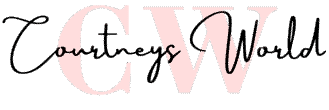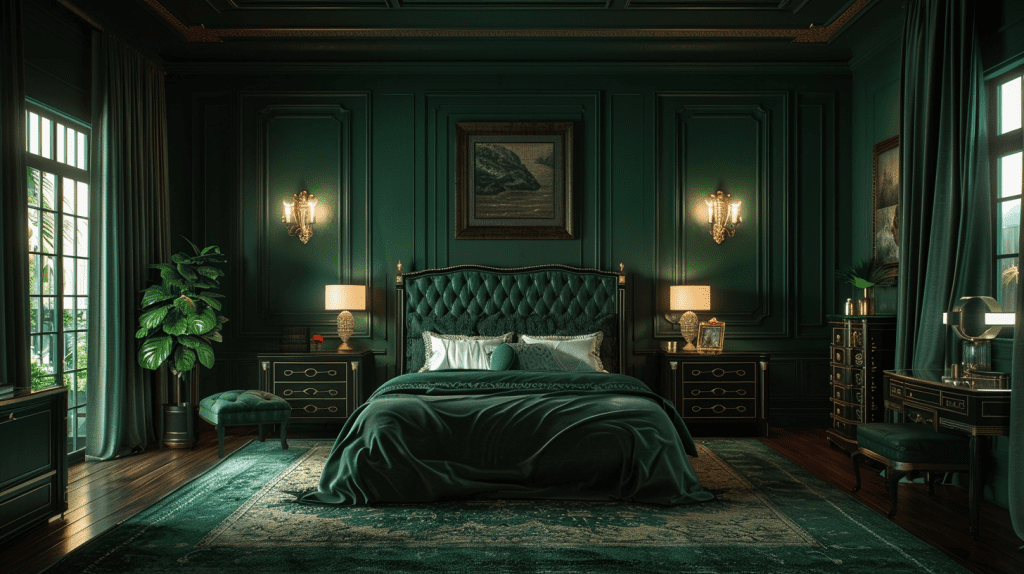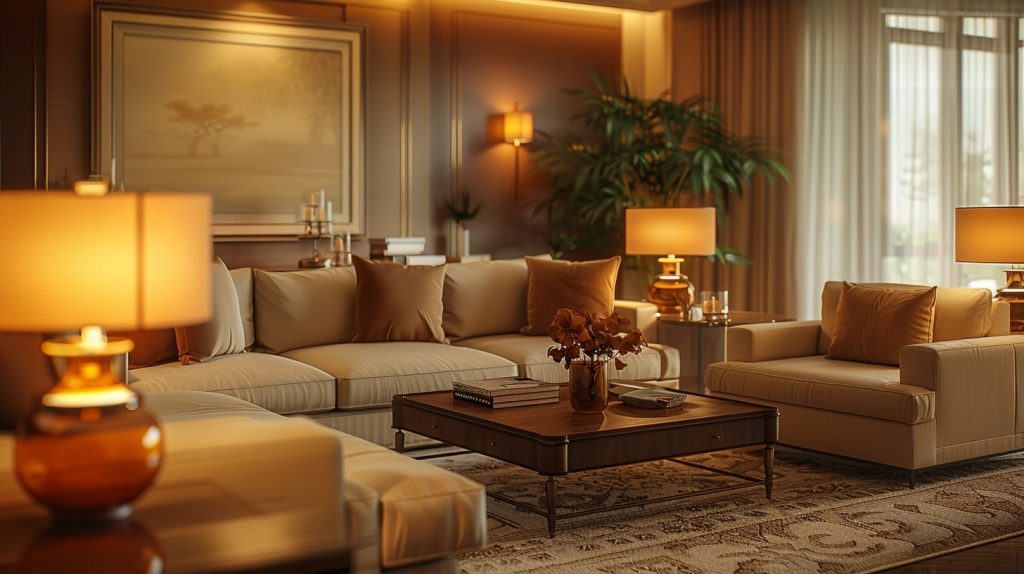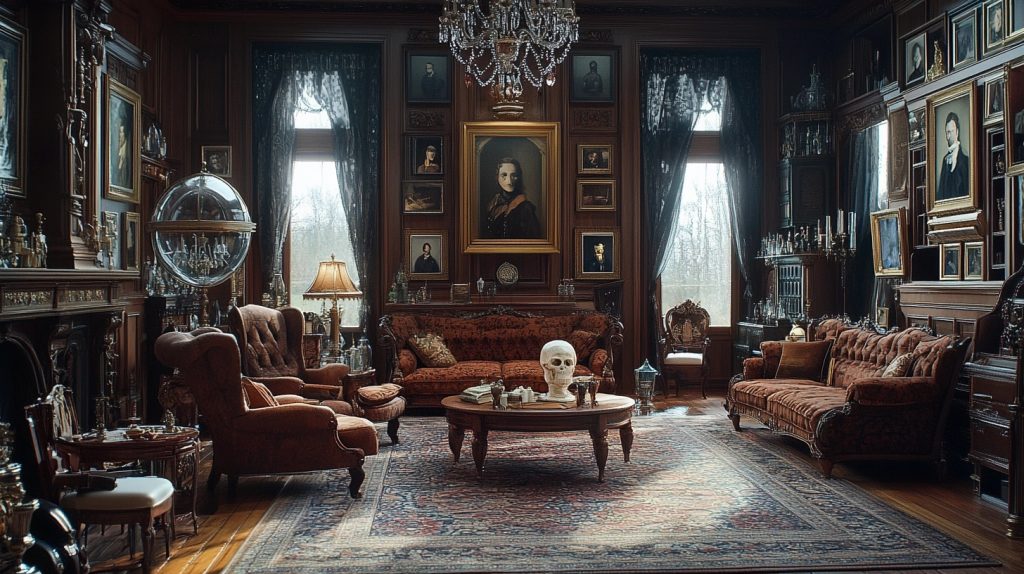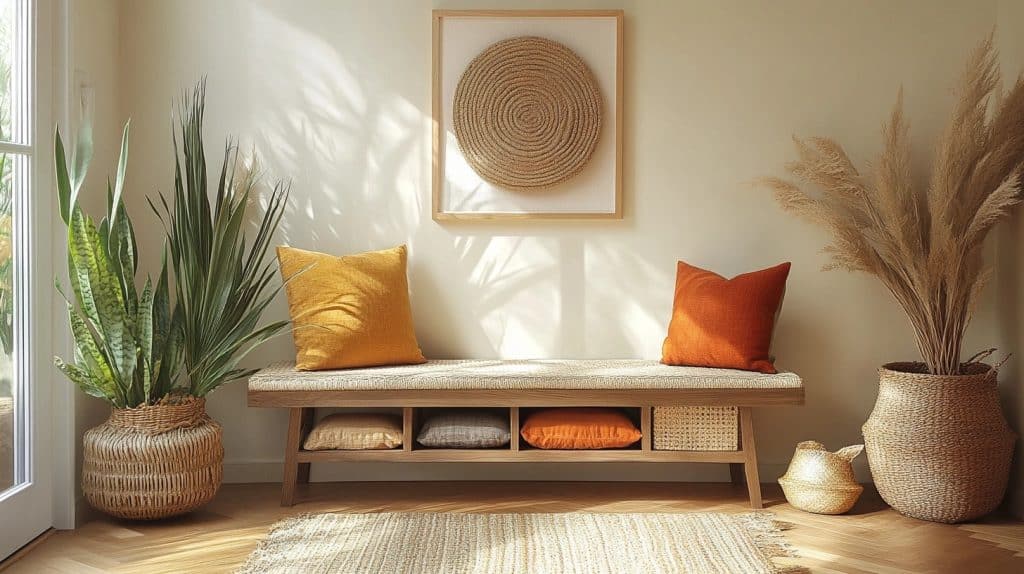Get ready to fall in love with your home all over again! The world of interior design is buzzing with fresh, exciting trends that are transforming spaces into stunning sanctuaries, and we’ve curated 29 of the most inspiring movements that are reshaping how we live, work, and unwind. From the dreamy allure of ambient layering to the sculptural beauty of modern furnishings, these trends aren’t just about following what’s popular—they’re about creating spaces that spark joy, boost creativity, and make every moment at home feel like a luxurious retreat. Whether you’re planning a complete makeover or simply looking to refresh a corner of your world, these cutting-edge design concepts will ignite your imagination and help you craft interiors that are as functional as they are fabulous. Let’s dive into the design movements that are making homes more beautiful, comfortable, and personally meaningful than ever before!
1. Ambient Layering
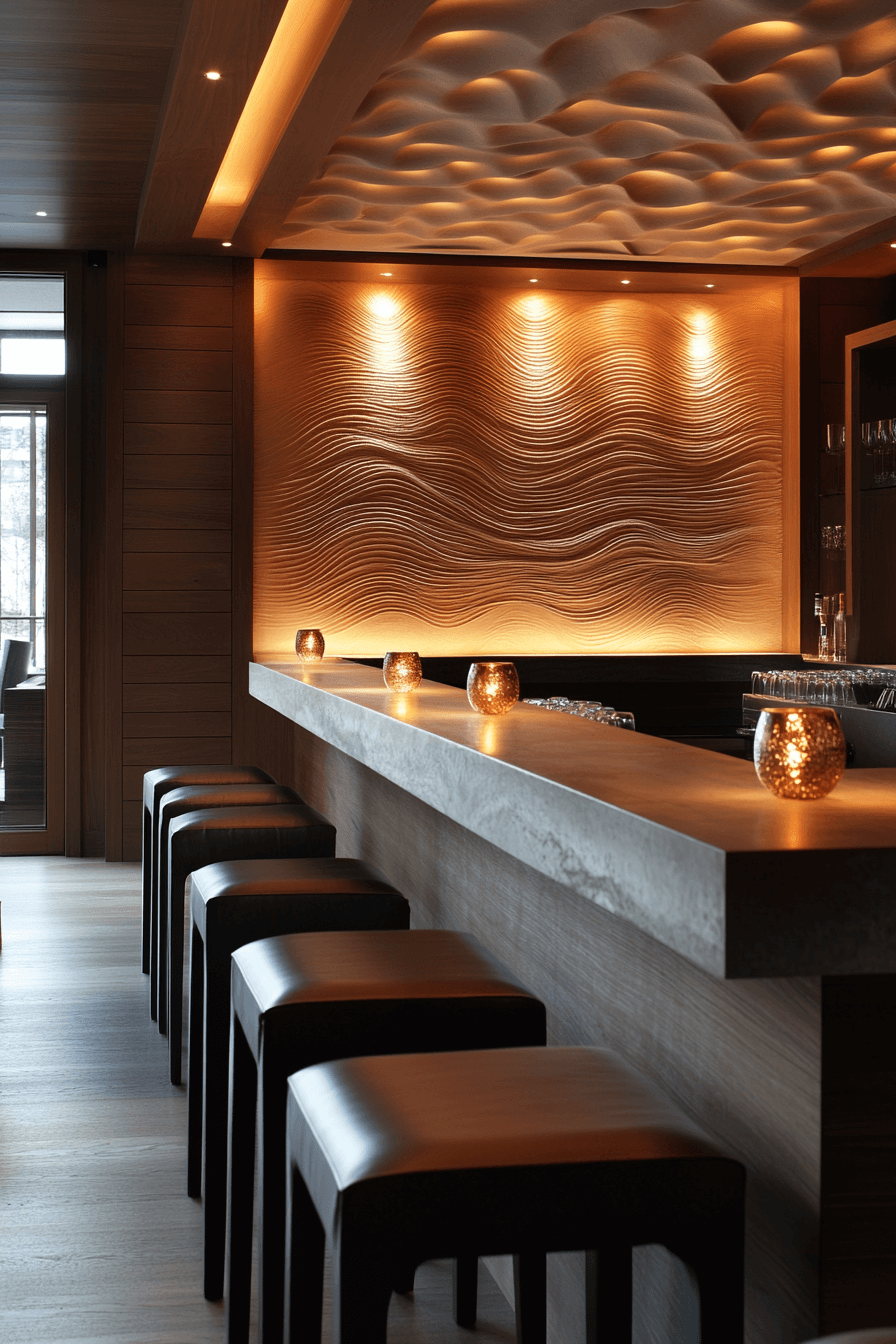
Ambient layering is emerging as a key player in interior design trends, focusing on multiple light sources and soft transitions to create depth and comfort. This approach uses floor lamps, recessed lighting, and wall sconces in harmony to define zones and mood. Instead of one central fixture, lighting is layered throughout the space to enhance its character. Ambient layering creates subtle drama and allows flexibility in atmosphere. It works beautifully in both minimalist and high-end interiors.
2. Tonal Refinement
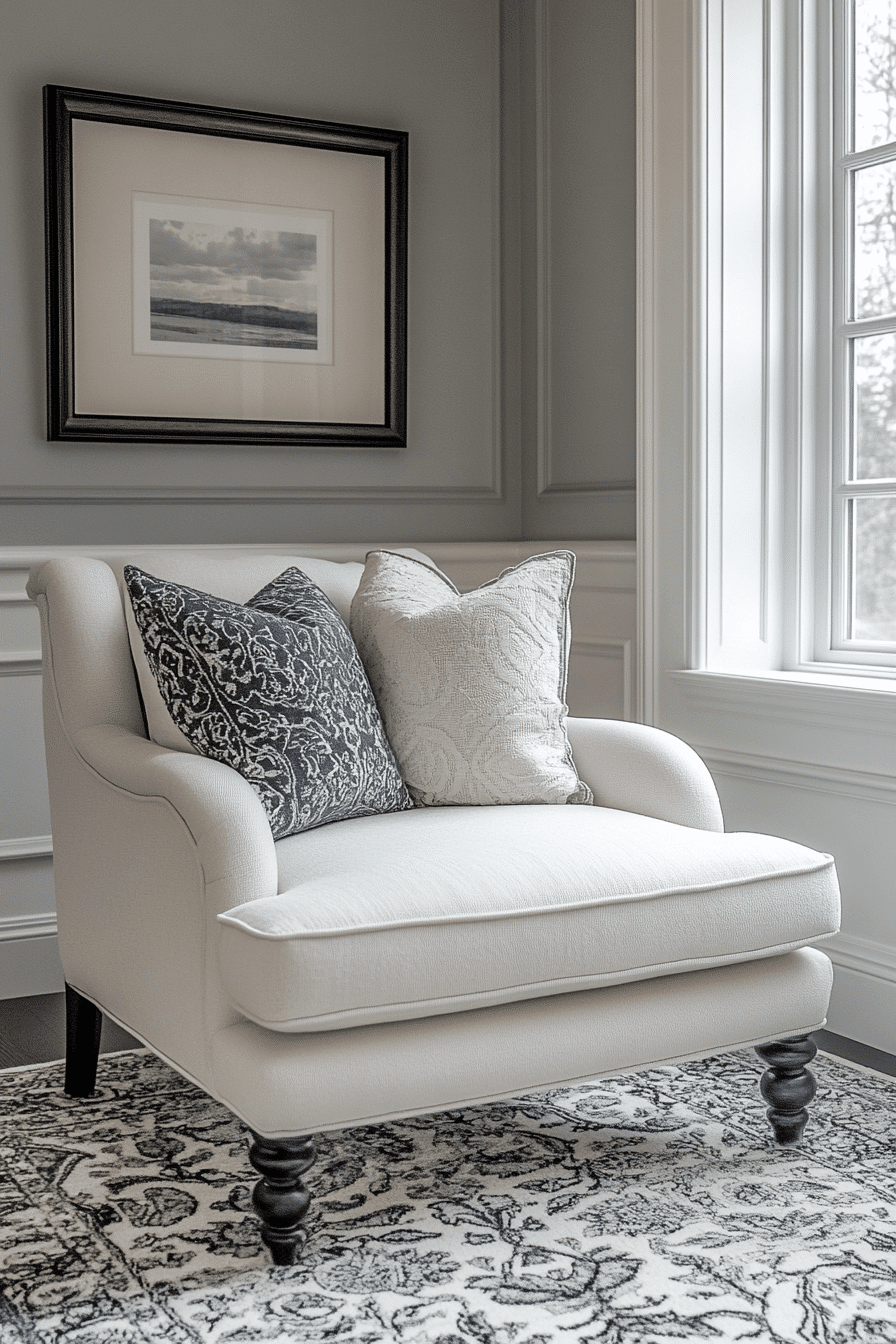
Tonal refinement is influencing interior design trends by promoting the use of closely related shades within a single color family. Instead of sharp contrasts, this trend focuses on subtle shifts in hue to create an elegant and cohesive environment. Soft greys, taupes, and sand tones layered together build serene and visually rich spaces. Tonal refinement also allows materials and textures to stand out more clearly. This is a timeless approach with modern edge.
3. Sleek Zoning

Sleek zoning has become a hallmark of modern interior design trends, offering style-forward ways to define open-concept spaces. It utilizes subtle cues like ceiling detail, lighting shifts, or furniture placement to distinguish functional areas. Unlike traditional dividers, this trend avoids physical barriers in favor of visual transitions. The result is a space that flows while still feeling organized and purposeful. It’s ideal for both small apartments and spacious homes.
4. Hybrid Functionality
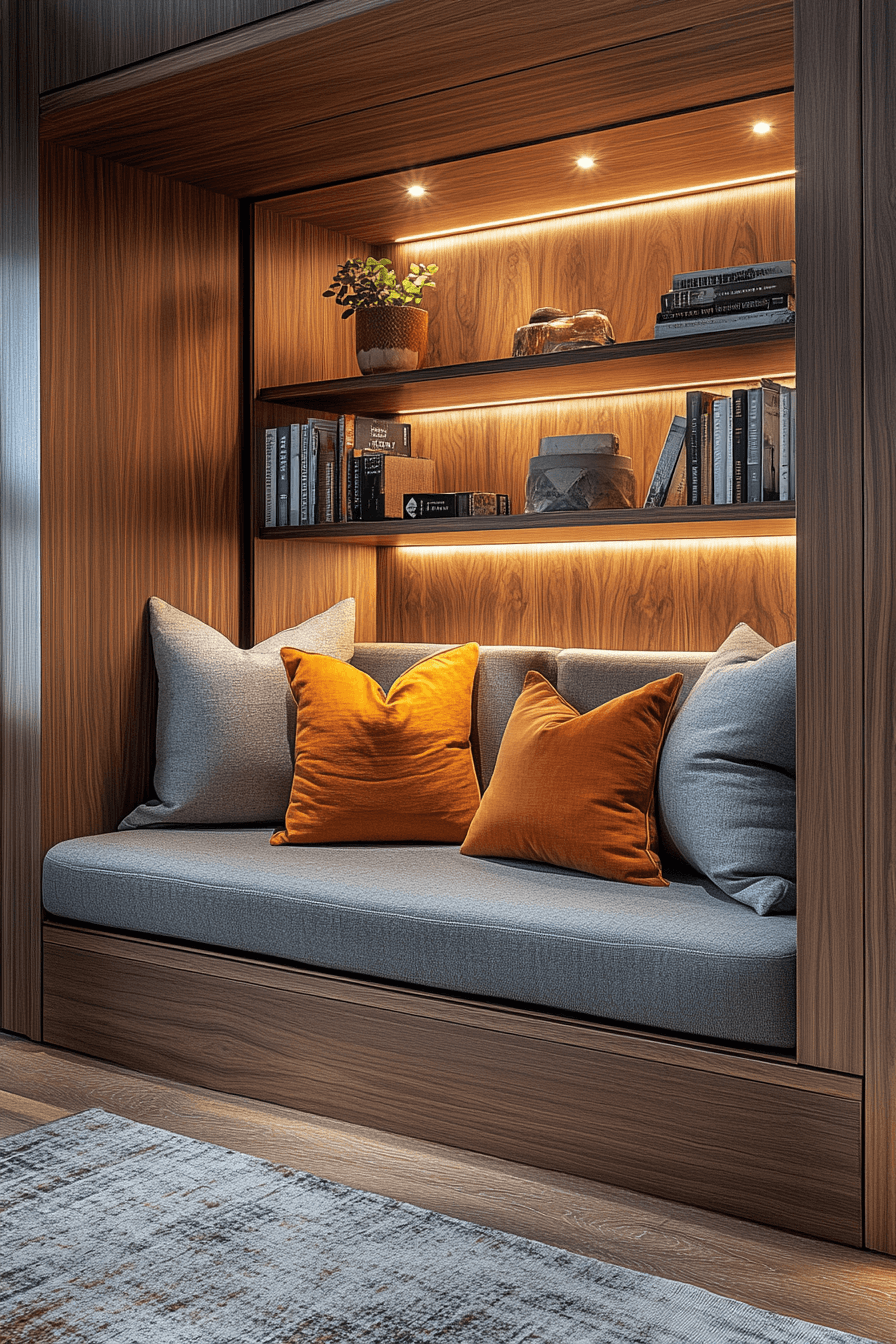
Hybrid functionality is one of the most practical interior design trends, where pieces serve more than one purpose. Think dining tables that double as desks, or ottomans with hidden storage. This trend responds to modern needs, especially in compact or multi-use living environments. It doesn’t sacrifice aesthetics—designers are finding elegant solutions that enhance both form and function. Hybrid spaces are flexible, intentional, and smart.
5. Elevated Softness
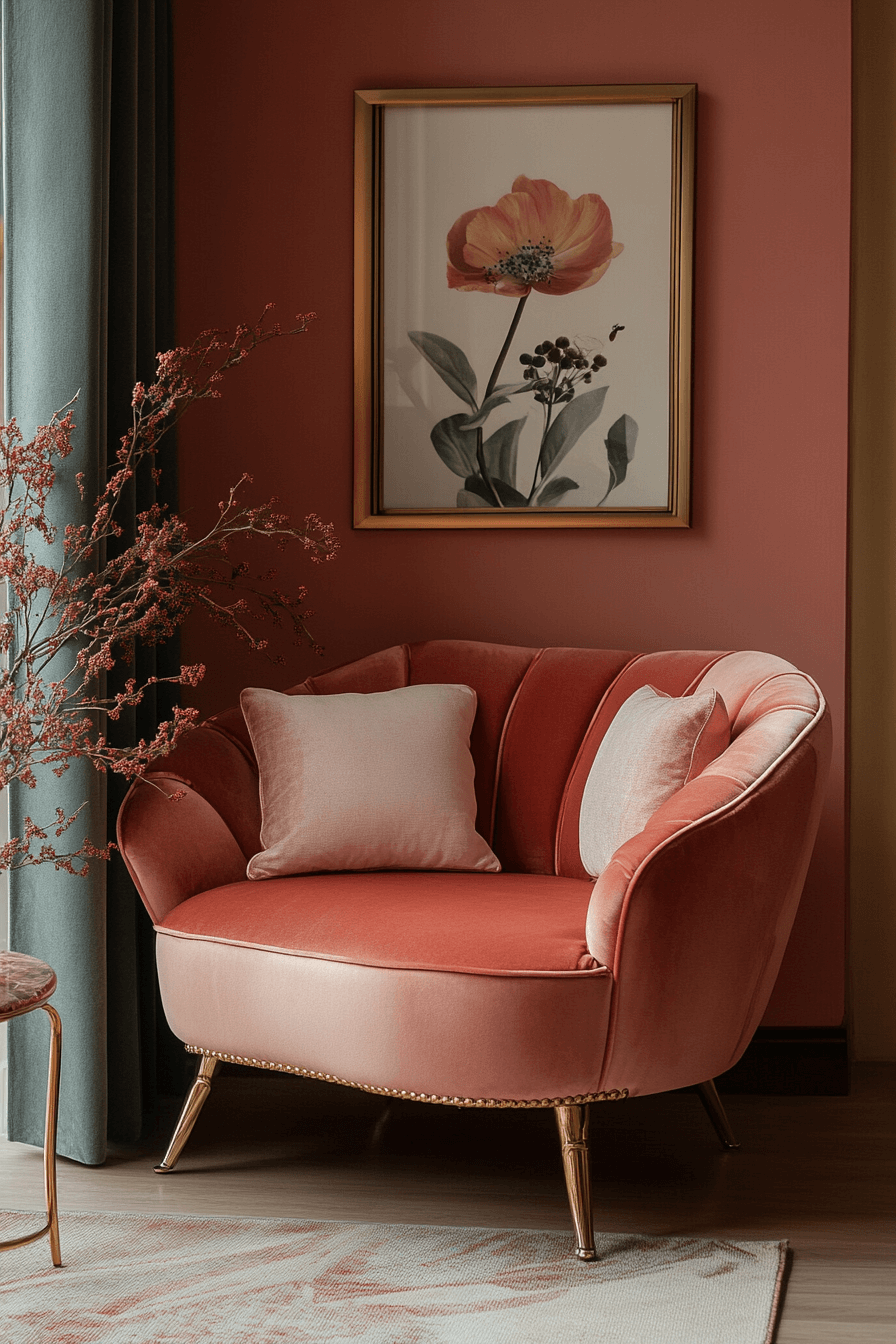
Elevated softness is changing interior design trends by incorporating plush materials, curved shapes, and calm palettes into refined spaces. Instead of stark lines and hard surfaces, this trend embraces gentle textures and upholstery in an upscale way. Think velvet armchairs, rounded headboards, and buttery soft rugs. It’s not just cozy—it’s luxurious and contemporary. Elevated softness blends relaxation with sophistication.
6. Architectural Curves

Architectural curves are adding fluidity to interior design trends, replacing rigid geometry with smooth, sculptural lines. From arched doorways to rounded walls and curved furniture, this look is dynamic and graceful. It introduces a sense of movement and calm into the room. These forms soften the space while maintaining modern structure. Curves also reflect natural forms, contributing to a more balanced visual rhythm.
7. Gradient Walls
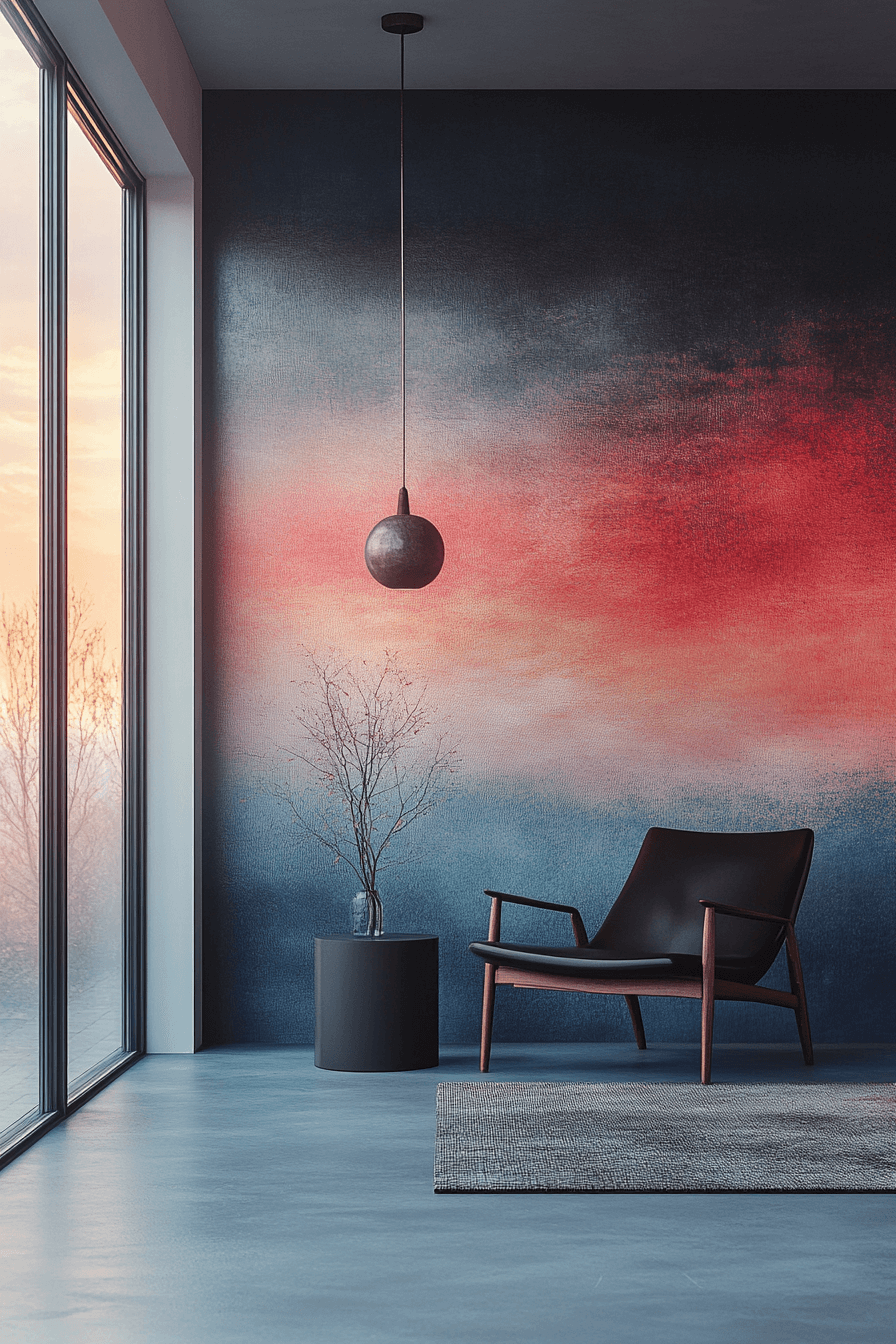
Gradient walls are gaining popularity in interior design trends for their artistic and immersive effect. Softly shifting from one color to another, these walls create dimension without overwhelming the space. They work well in bedrooms, dining areas, or entryways for an unexpected focal point. Paired with neutral furniture, gradients add depth and mood. This painterly look is both bold and elegant.
8. Composed Quiet
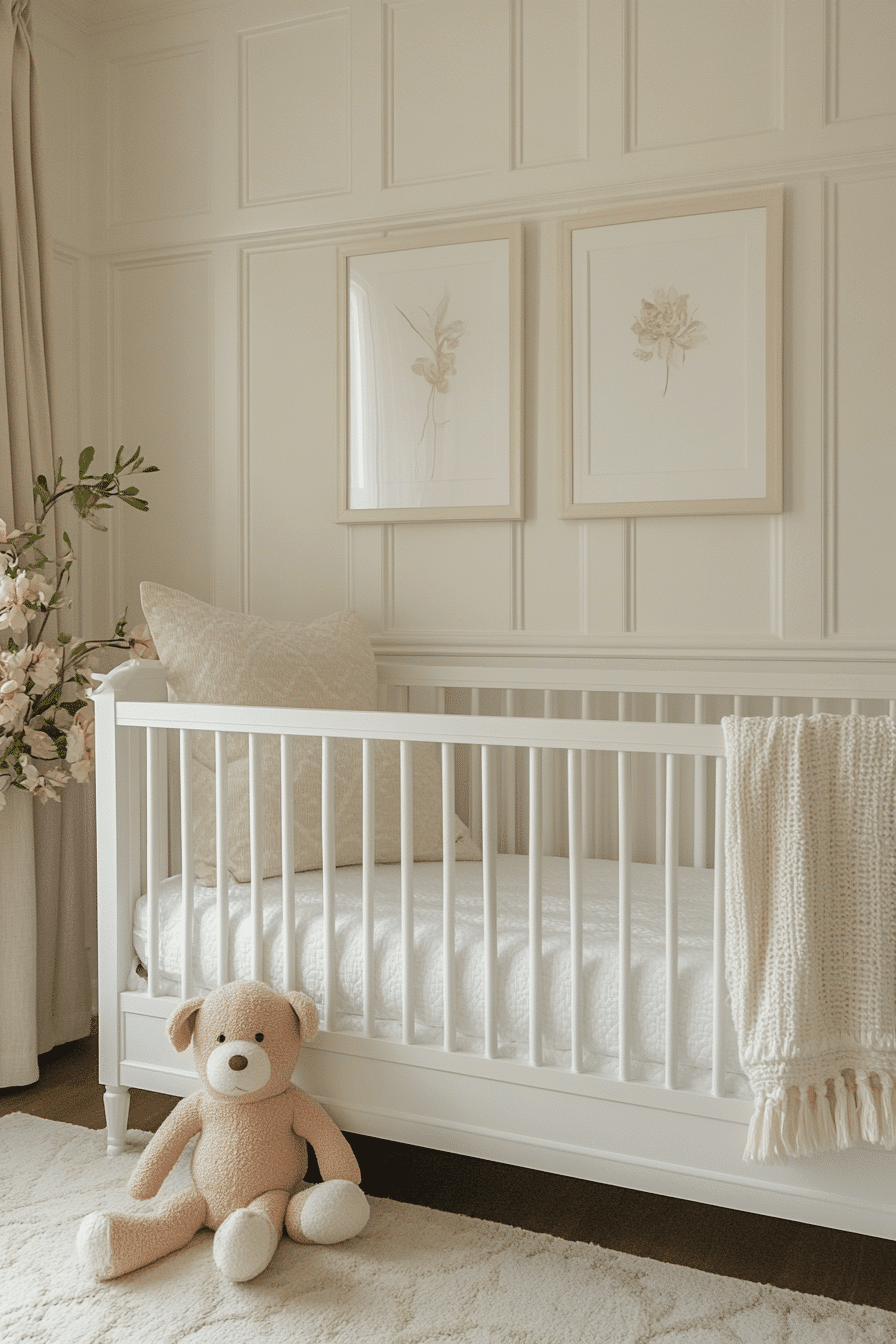
Composed quiet is a rising theme in interior design trends where visual silence creates an elegant, calming effect. It focuses on negative space, muted tones, and uncluttered surfaces. Each object is intentional, allowing the room to breathe and the eye to rest. It’s about refined restraint, not emptiness. The result is a quiet luxury that feels elevated and thoughtful.
9. Reflective Contrast

Reflective contrast is lighting up interior design trends with glossy finishes, mirror accents, and contrast between matte and sheen. This dynamic layering plays with light and shadow to energize a room. A high-gloss table next to a velvet sofa adds richness and intrigue. It’s a subtle way to bring dimension without using bold color. This trend thrives in modern, high-design settings.
10. Texture Mapping
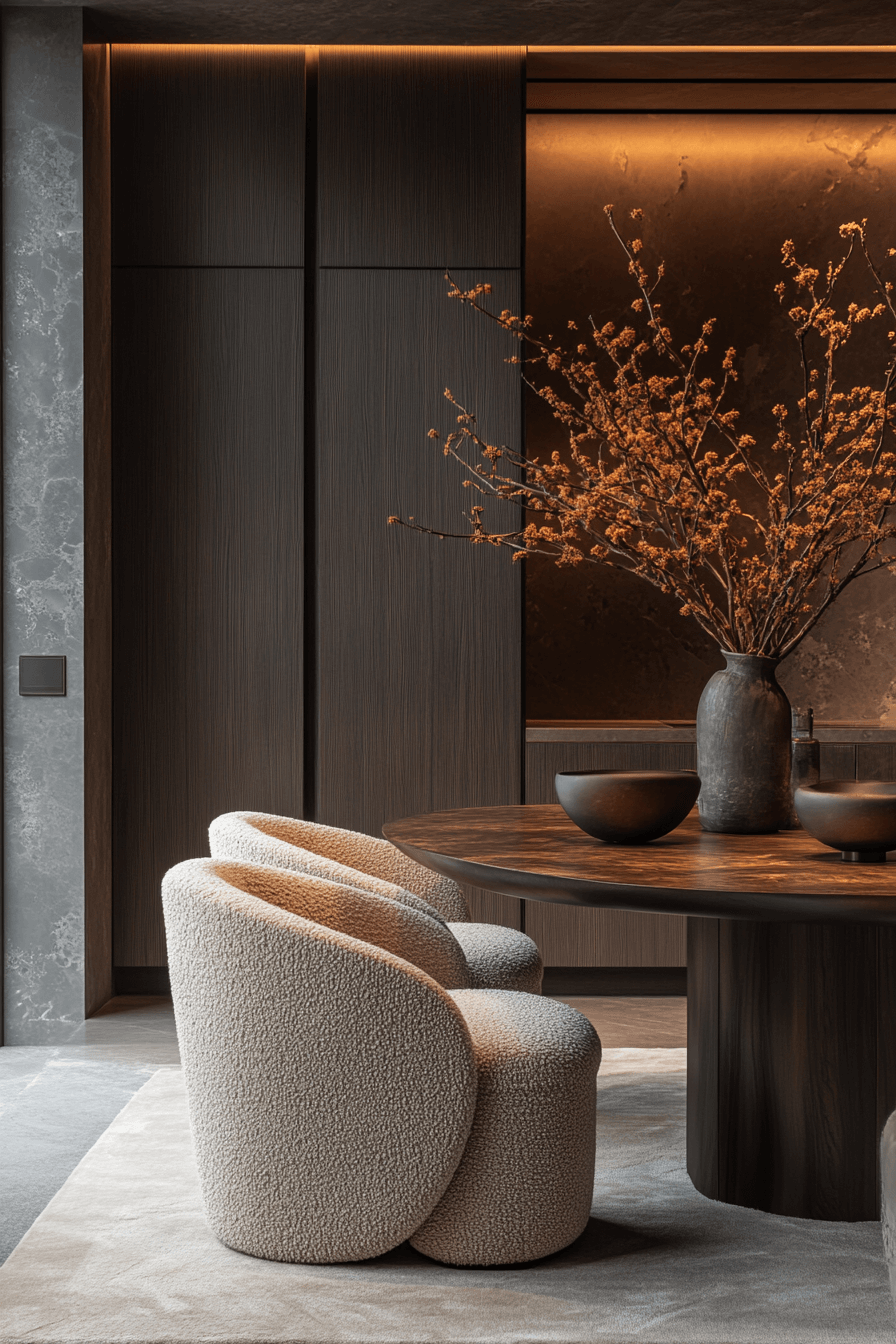
Texture mapping is one of the most tactile interior design trends, emphasizing a variety of surfaces in one cohesive space. Think fluted wood, smooth stone, boucle fabric, and brushed metals all coexisting harmoniously. This trend makes neutral spaces more engaging and emotionally rich. It invites interaction, both visually and physically. The focus shifts from color to feel and depth.
11. Motion Lines
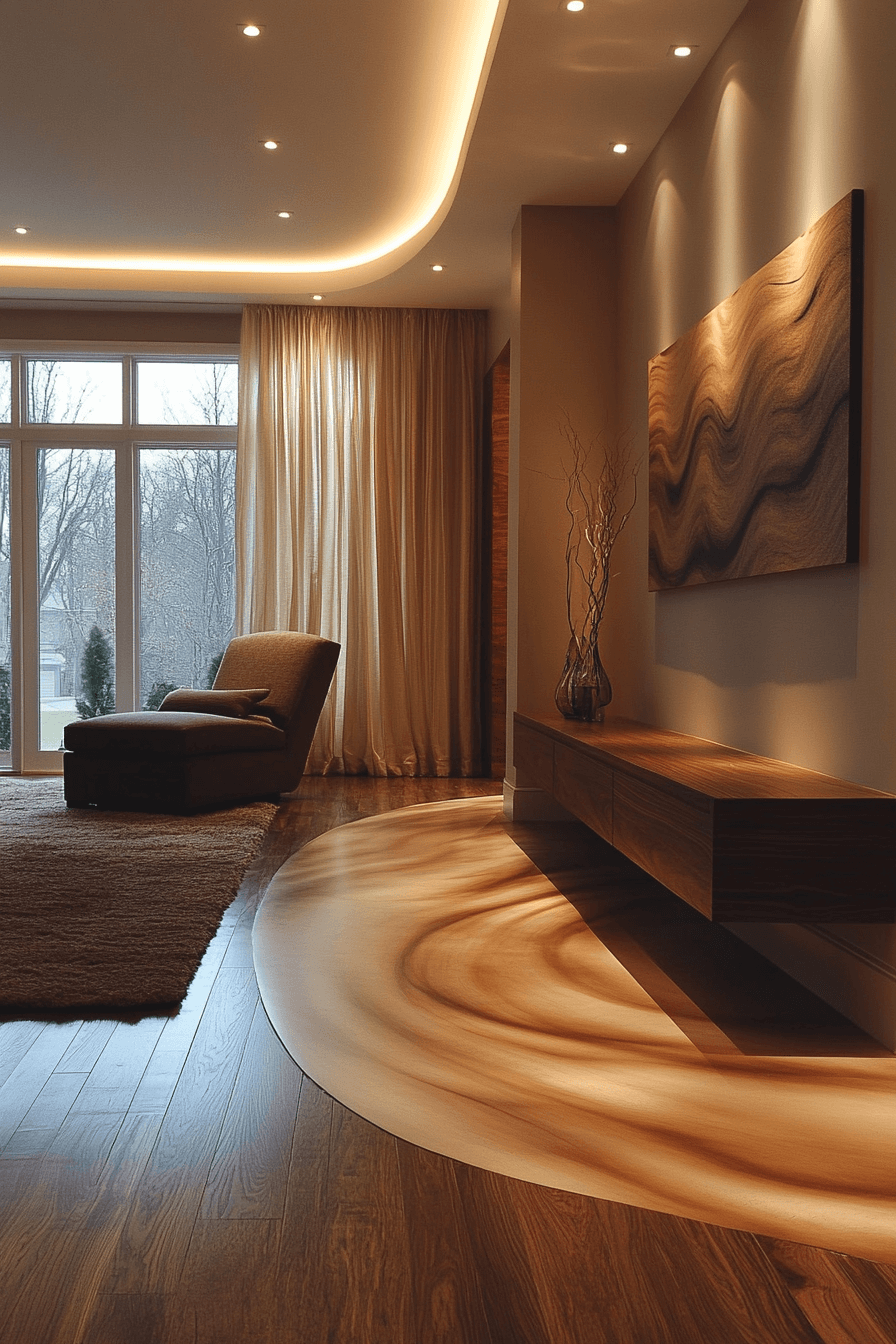
Motion lines are adding direction and flow to interior design trends through elongated silhouettes and directional details. Long drapes, horizontal paneling, and extended furniture lines guide the eye across the room. This visual technique makes spaces feel larger and more fluid. It adds subtle movement, keeping the design dynamic and alive. Motion lines bring architecture and styling into one cohesive experience.
12. Streamlined Luxury
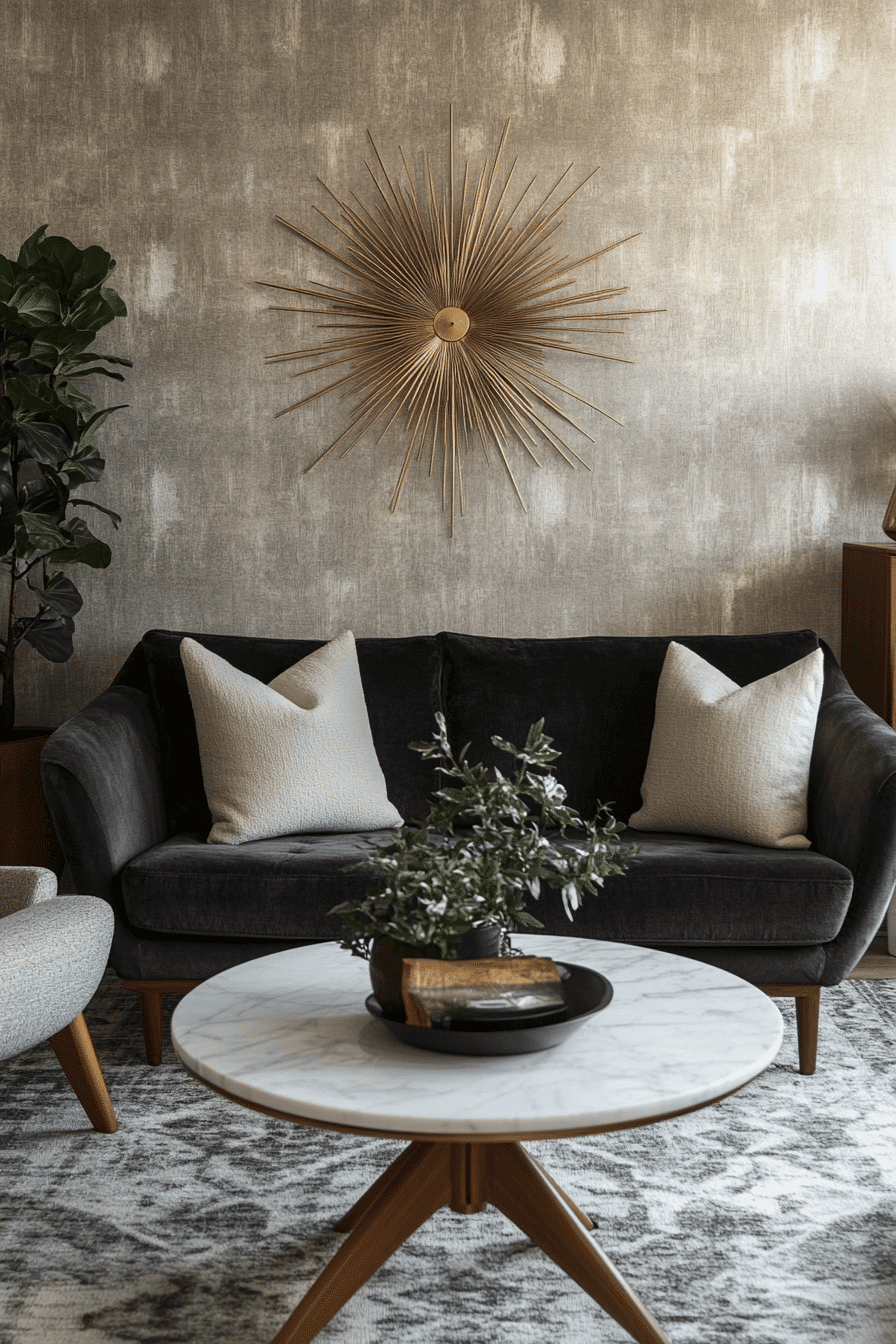
Streamlined luxury is setting a tone in interior design trends where clean lines meet upscale materials. It’s about eliminating excess while using high-quality finishes like marble, suede, and brushed brass. The style is tailored and precise, with every detail refined. It’s not flashy, but effortlessly sophisticated. Think minimalist spaces that still feel indulgent.
13. Framed Symmetry

Framed symmetry is balancing interior design trends with order, repetition, and elegance. This trend uses matching furniture, centered artwork, and proportional layouts to create visual harmony. It’s a classic concept reimagined with modern restraint. When done well, symmetry creates calm and polish in any room. It’s especially powerful in living rooms, bedrooms, and dining areas.
14. Sculpted Furnishings

Sculpted furnishings are transforming interior design trends by blending functional furniture with sculptural form. Chairs, tables, and lighting are no longer just practical—they’re conversation pieces. Organic curves and bold silhouettes add a gallery-like aesthetic. This trend elevates the home into an artful experience. It emphasizes craftsmanship and creativity.
15. Polished Simplicity
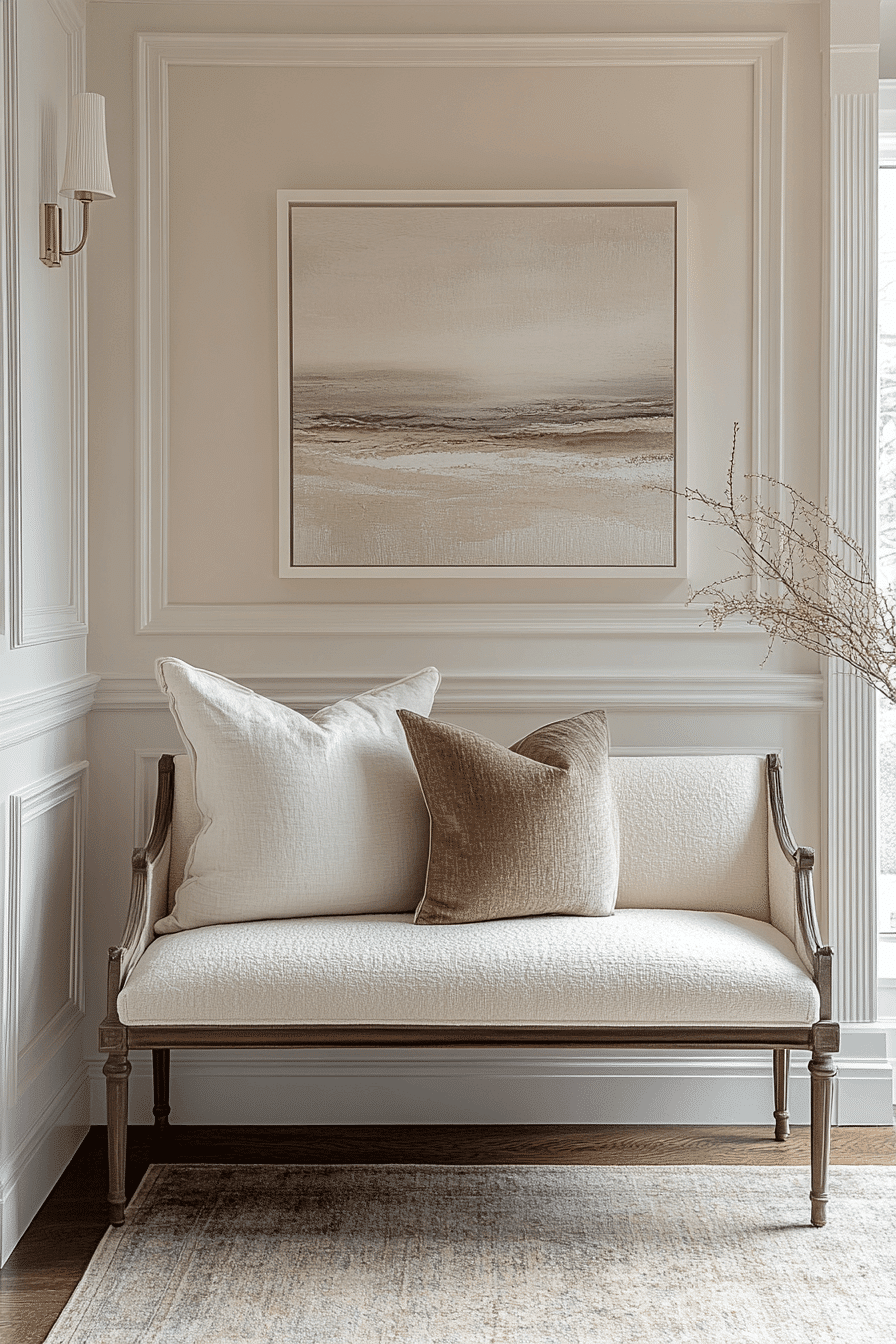
Polished simplicity is a refined take on minimalism seen in today’s interior design trends. It’s about clean spaces that still feel finished, with subtle detailing and luxurious materials. Rather than bare, these interiors feel intentional and warm. Think sleek lines paired with soft tones and curated accessories. It’s minimalism with personality.
16. Spatial Harmony
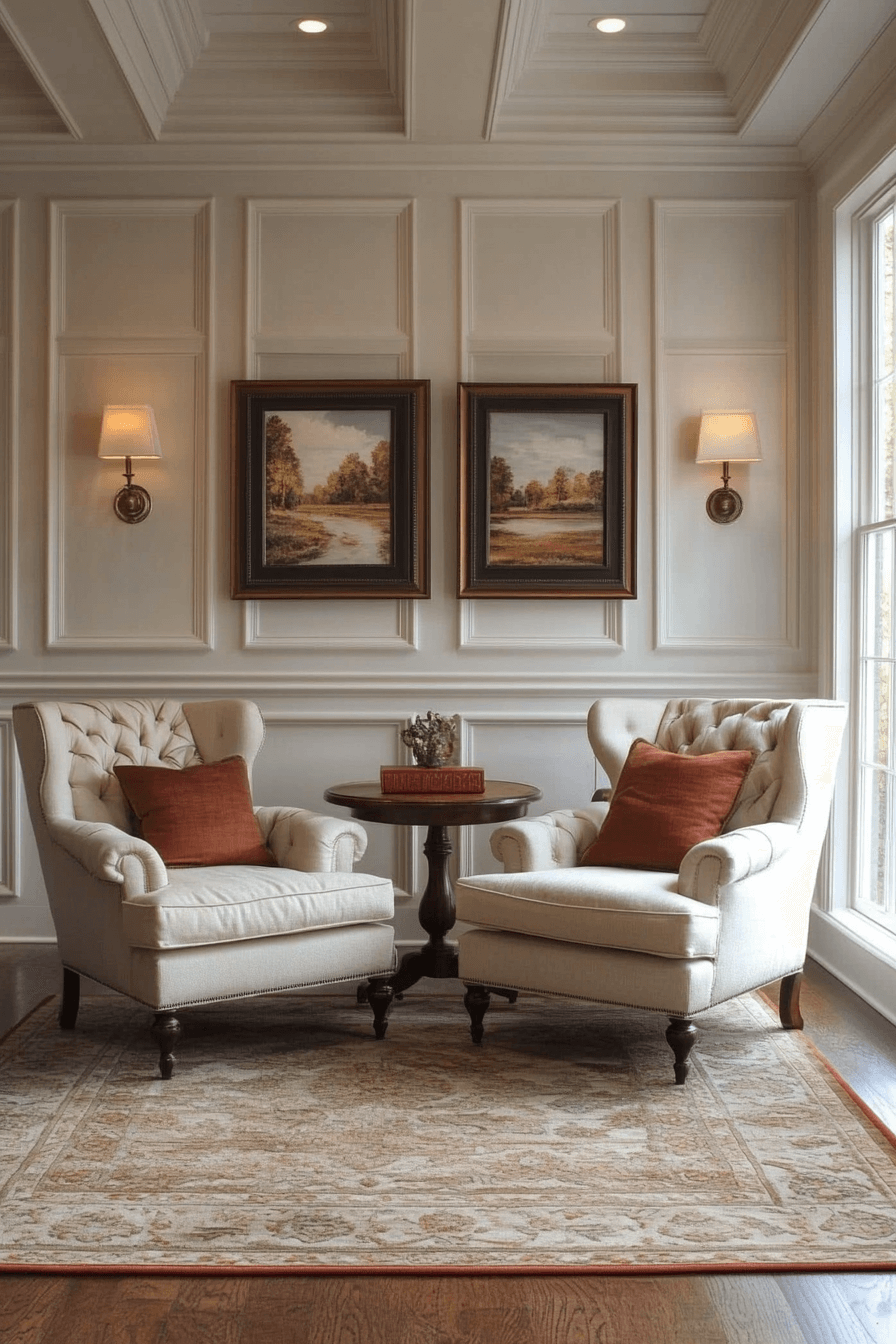
Spatial harmony is shaping interior design trends by prioritizing flow, proportion, and visual balance. It focuses on how objects relate to one another and the space around them. Strategic spacing, scale, and composition guide the feel of the room. The result is a space that feels neither crowded nor sparse—just right. It encourages mindfulness in both form and function.
17. Smart Warmth
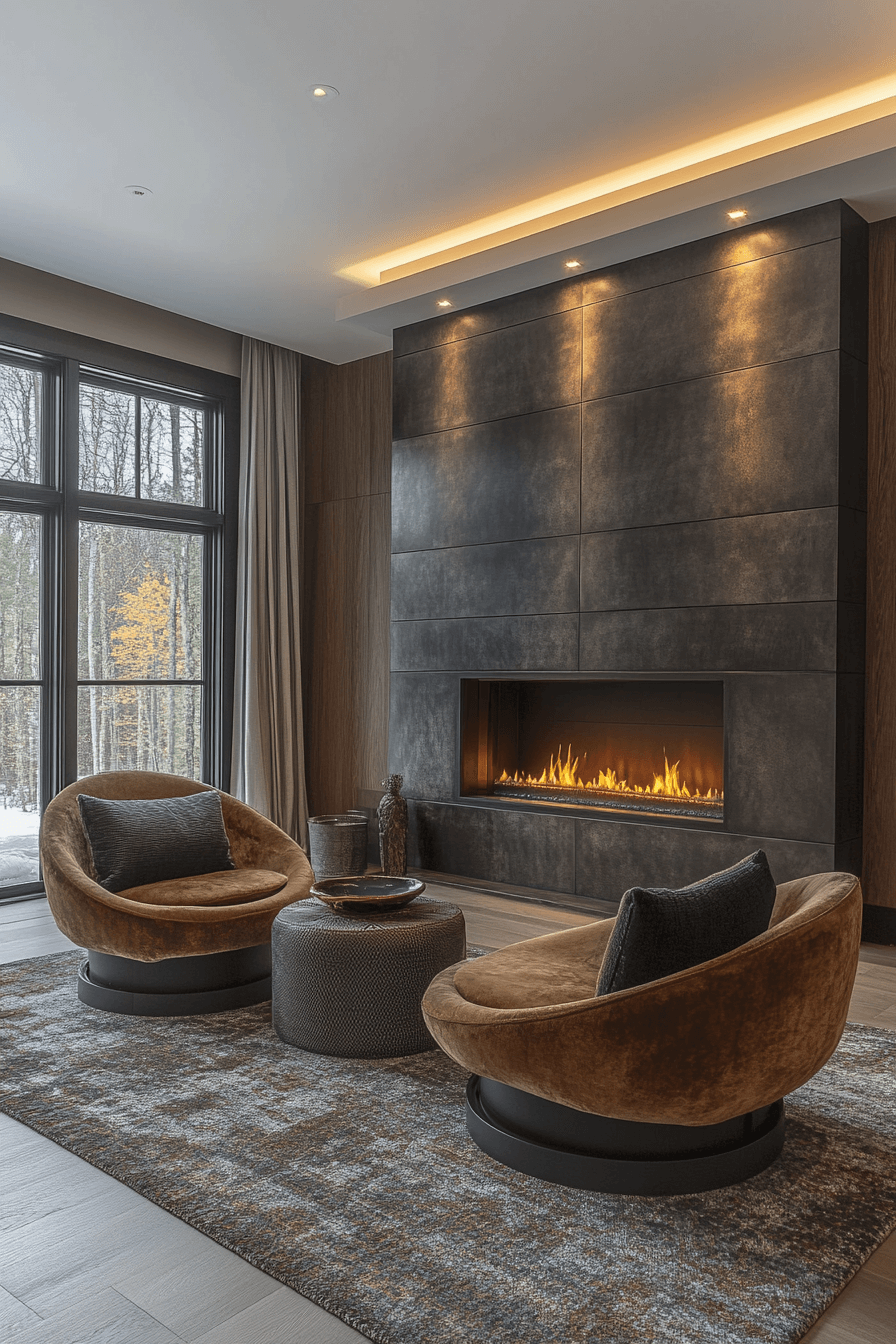
Smart warmth is blending tech and comfort in current interior design trends. This concept integrates smart lighting, heating, and sound into cozy, welcoming environments. Sleek tech is hidden or streamlined into soft-toned and tactile surroundings. It’s the future of comfort—stylish and intuitive. Smart warmth brings convenience without sacrificing atmosphere.
18. Shadow Detailing
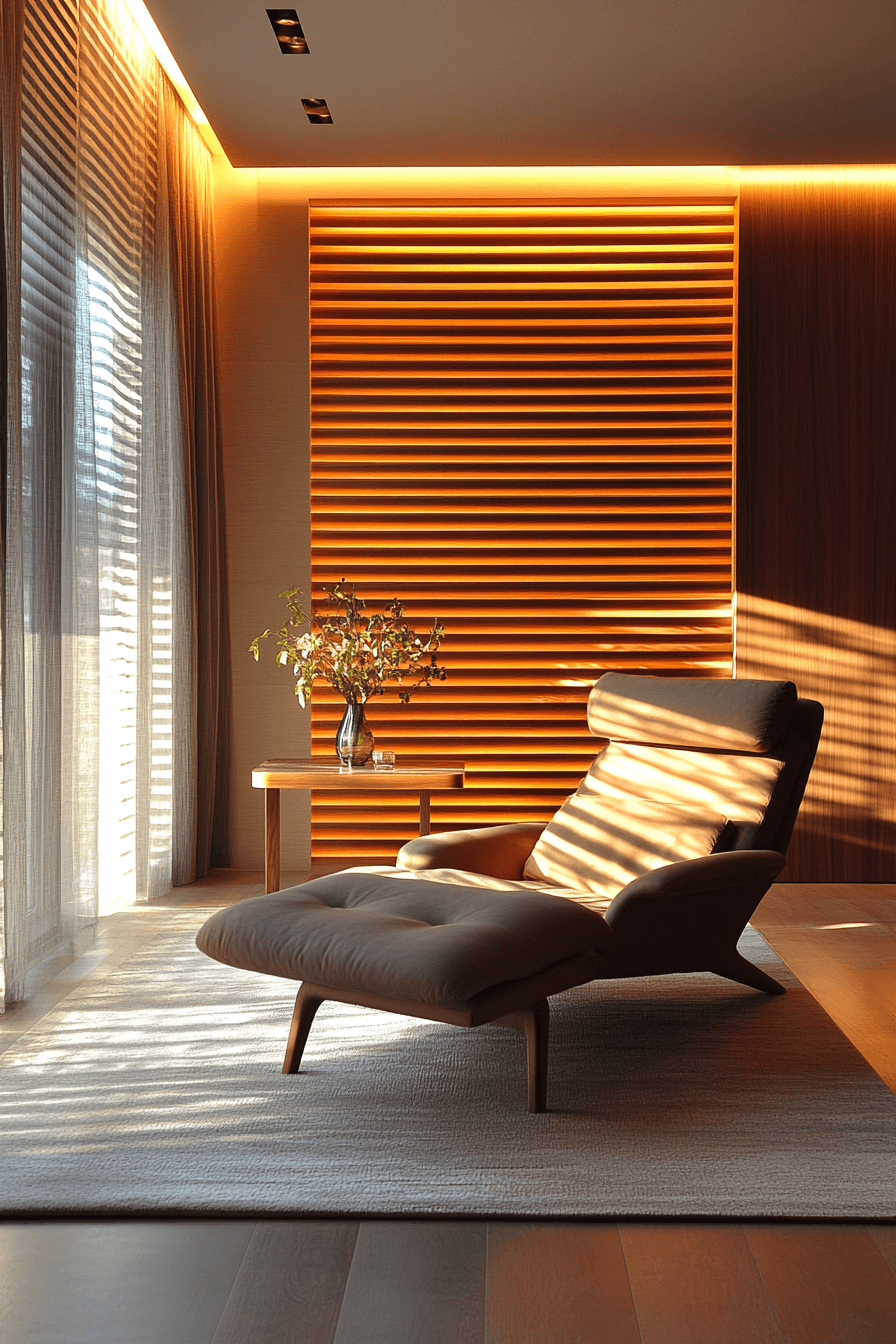
Shadow detailing is emerging in interior design trends as a way to play with form, light, and negative space. Carved recesses, lighting coves, and fluted textures create subtle shadows that add drama. This detail elevates surfaces and gives depth without clutter. It’s a refined way to make a big impact with small design choices. These soft contrasts feel both modern and moody.
19. Acoustic Balance
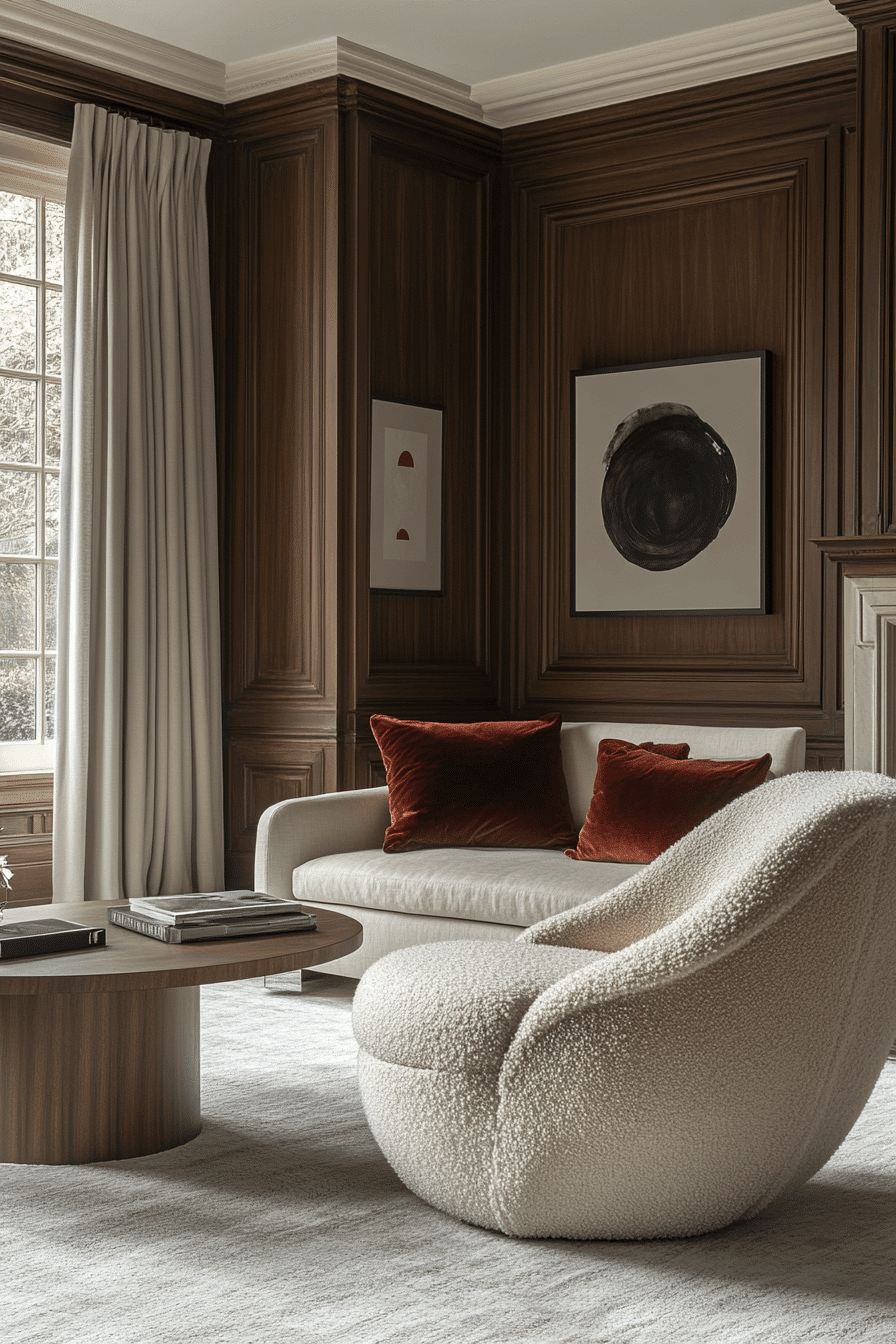
Acoustic balance is a rising priority in interior design trends as more people seek serene and sound-conscious spaces. Soft furnishings, wall treatments, and layouts are designed with noise reduction in mind. It’s no longer just about how a room looks—but how it sounds. Acoustic panels, heavy drapes, and soft flooring are part of this design language. The result is a peaceful, more functional home environment.
20. Contour Living
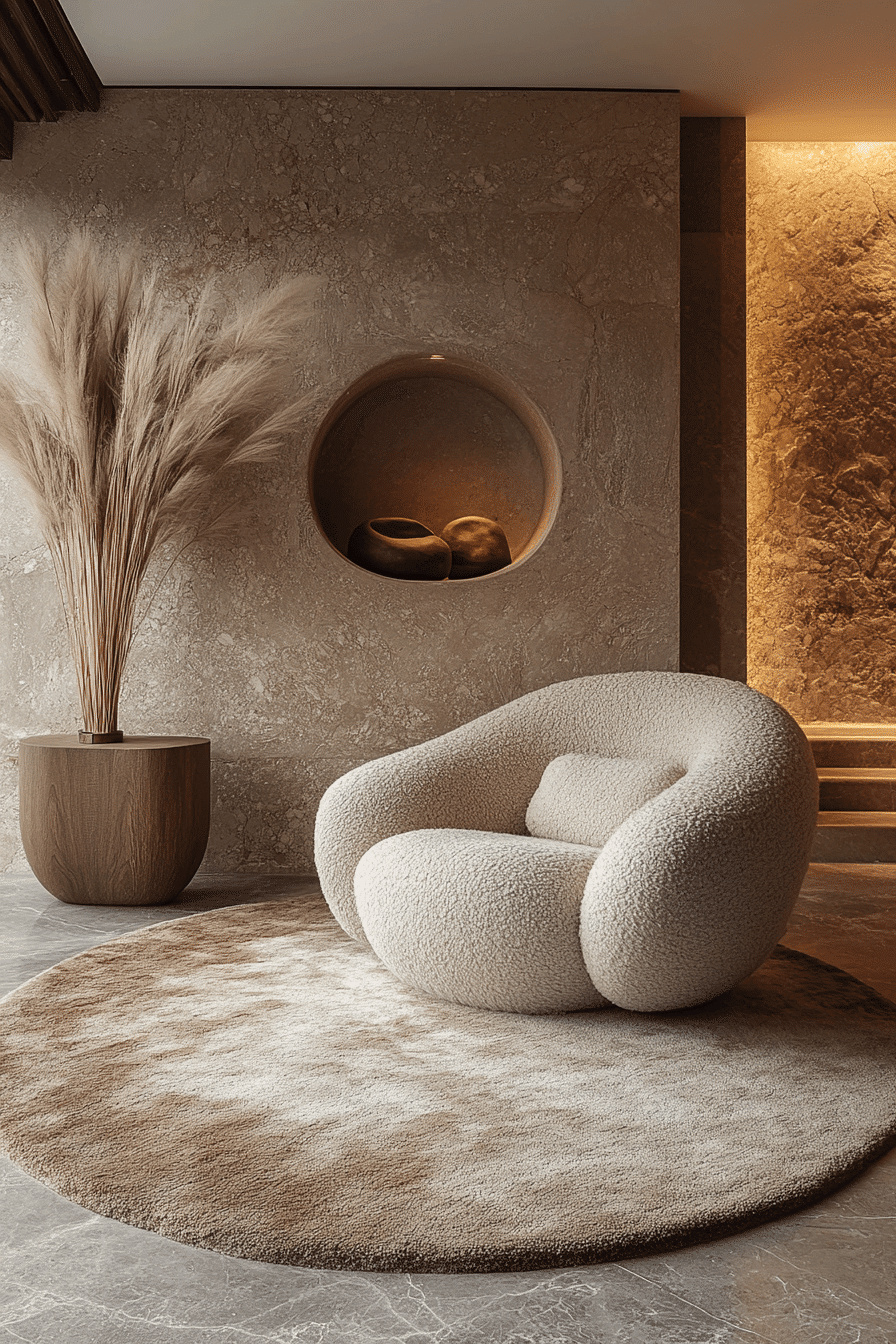
Contour living is shaping interior design trends with smooth transitions, soft silhouettes, and organic movement. Furniture with gently curved edges and flowing lines makes rooms feel less static and more inviting. This look adds personality without sharp contrasts. It’s especially effective in open-plan spaces where continuity matters. Contours encourage comfort and connection.
21. Calibrated Lighting
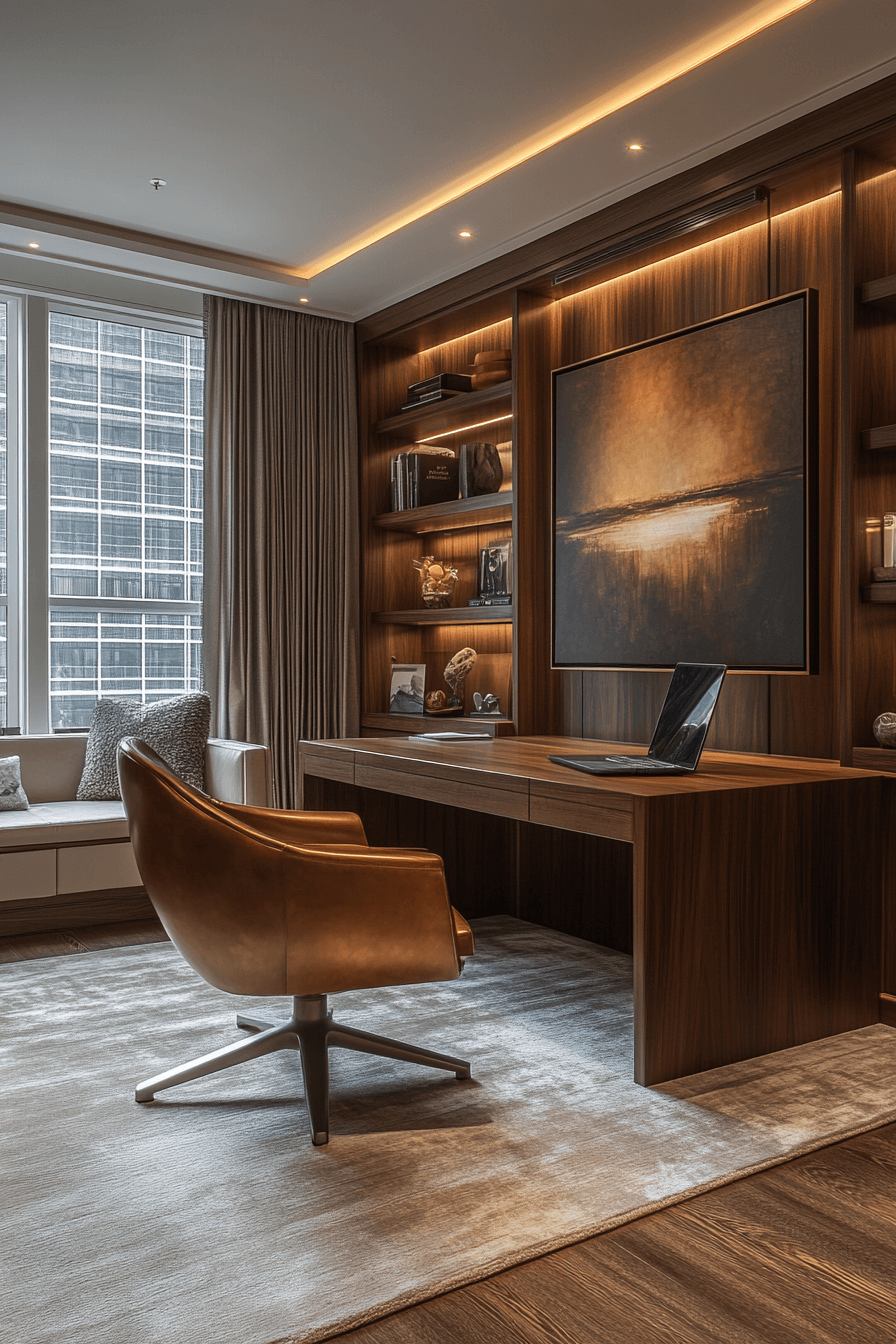
Calibrated lighting is taking center stage in interior design trends, focusing on how light enhances mood, function, and form. This trend prioritizes precision—layering ambient, task, and accent lighting for maximum impact. It turns every room into a carefully lit experience. LED strips, smart dimmers, and hidden uplights help sculpt the atmosphere. It’s lighting as part of the architecture.
22. Modular Refinement

Modular refinement is influencing interior design trends with its flexible layouts and polished details. It takes modular furniture to a more luxurious level—sleek, moveable pieces that feel custom. This style is perfect for multifunctional spaces that still want elegance. Smooth finishes, clean lines, and subtle textures elevate the modular look. It’s adaptable without feeling utilitarian.
23. Fluid Transitions
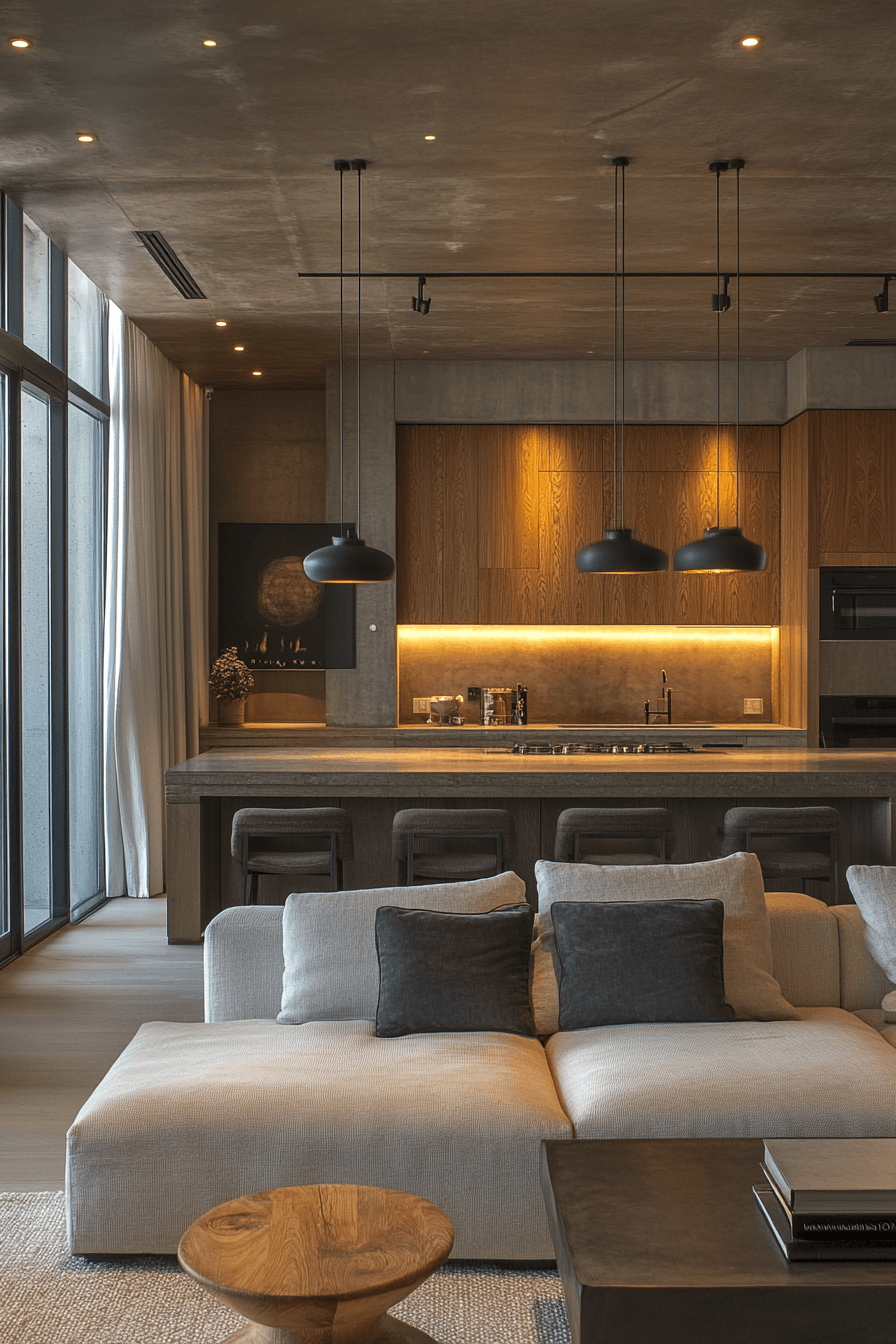
Fluid transitions are key in open-plan living and are trending in interior design for their smooth shifts in material, function, and color. Rooms flow naturally into each other without harsh breaks or visual blocks. Flooring continues uninterrupted, and lighting helps guide movement. The result is a cohesive, calming experience. This trend favors continuity over compartmentalization.
24. Sculptural Color
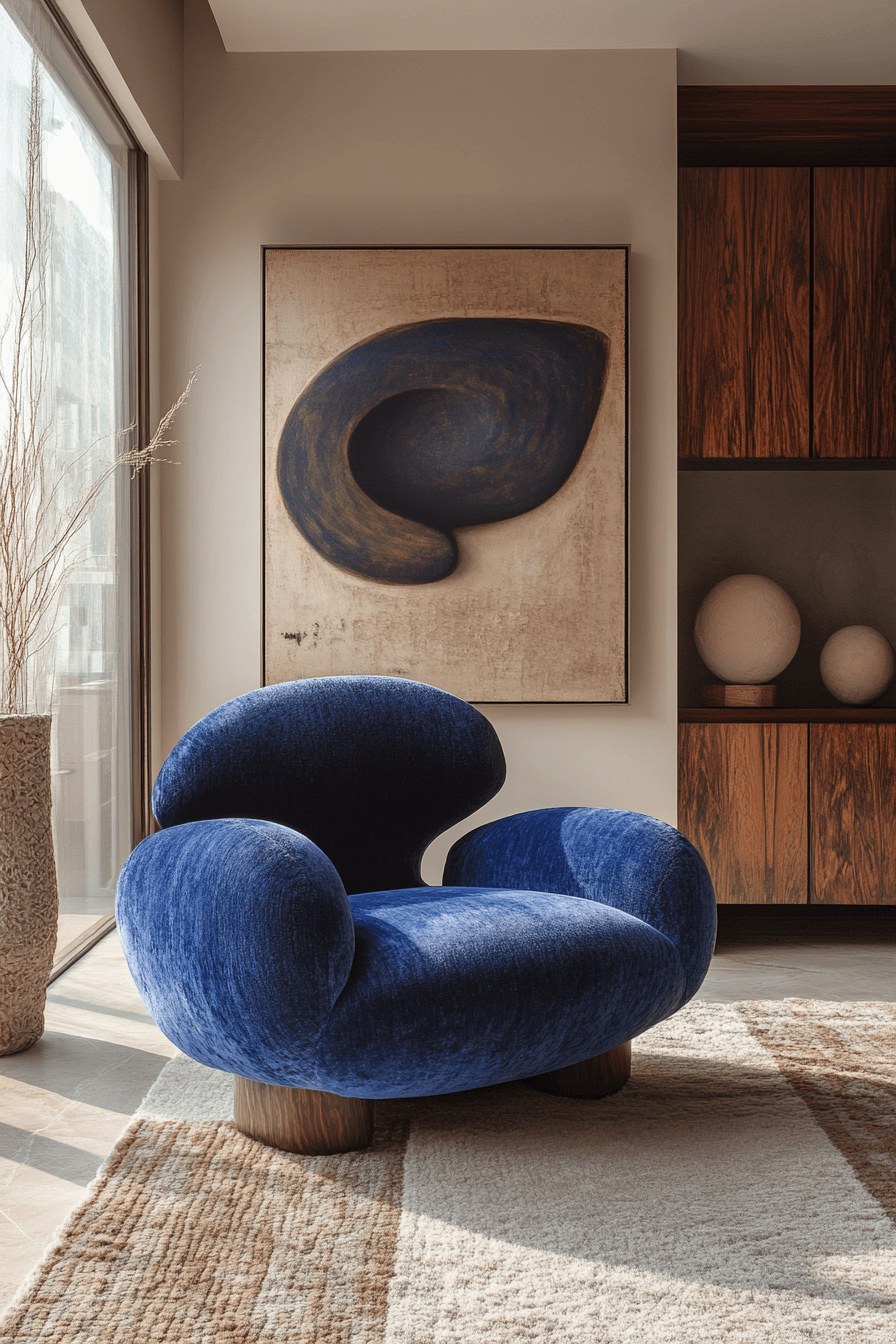
Sculptural color is redefining boldness in interior design trends by combining abstract forms with striking hues. Think cobalt blue consoles, terracotta arches, or lime-colored lounge chairs in minimalist spaces. These pieces are both art and function. The use of color becomes structural, not just decorative. It brings energy and modernism into the home.
25. Luxe Geometry
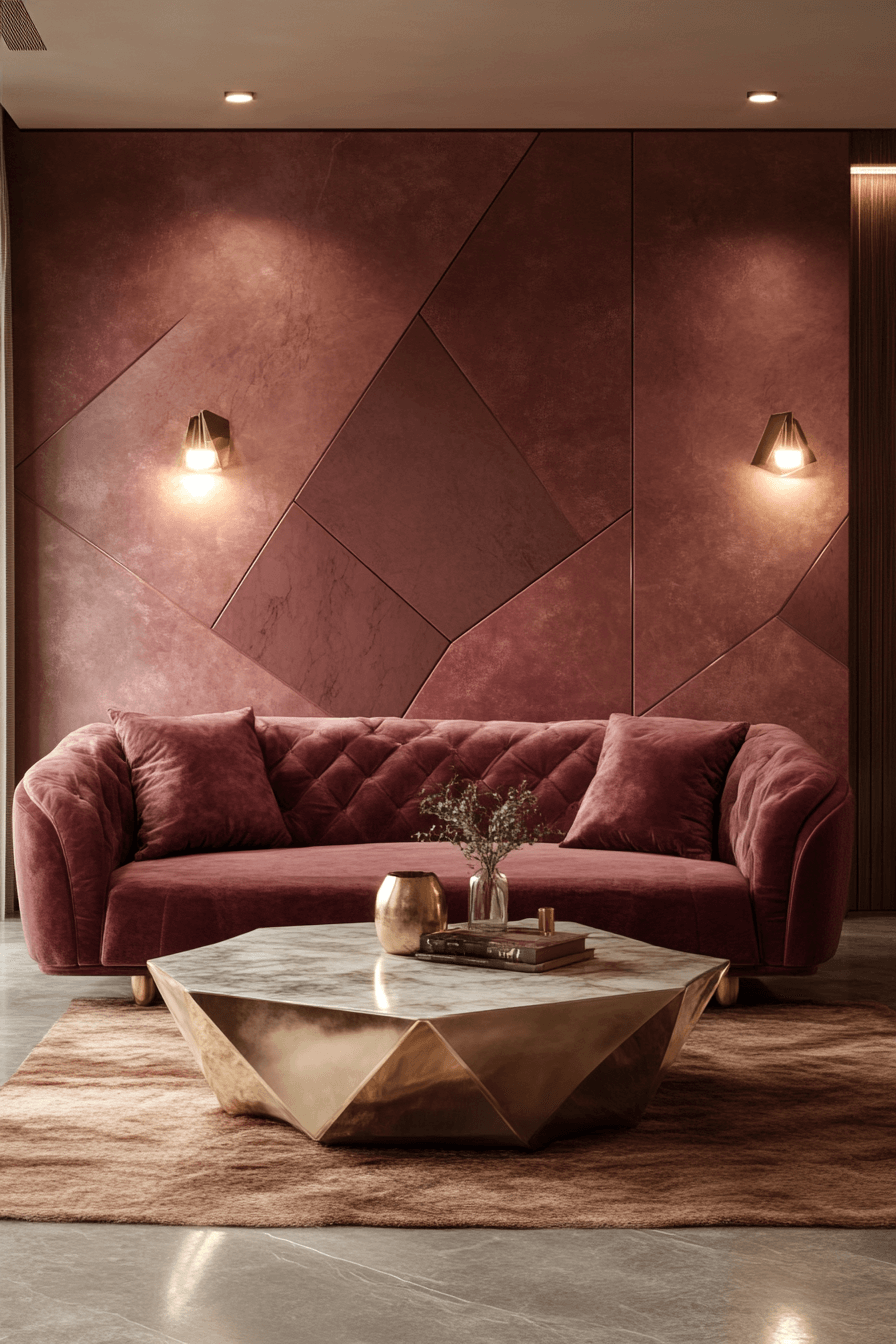
Luxe geometry is entering interior design trends with angular, faceted forms in high-end finishes. Geometric lines in marble, brass, or lacquered wood add edge and elegance. From coffee tables to ceiling panels, this look adds architectural glam. It plays well with neutral backdrops and bold contrasts. It’s statement-making yet structured.
26. High-Gloss Neutrals
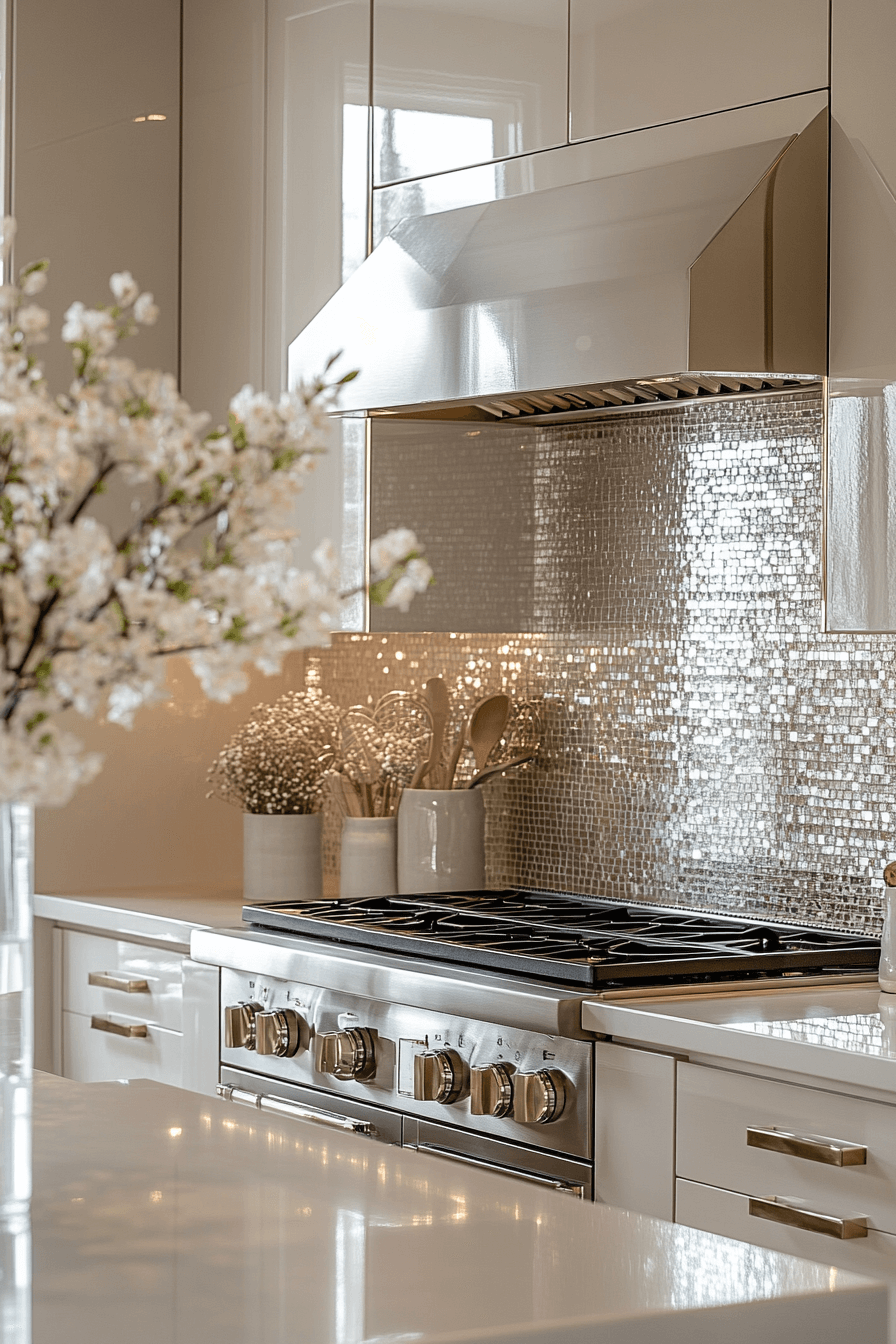
High-gloss neutrals are transforming interior design trends by combining sheen with simplicity. Cream, taupe, and soft gray are elevated through glossy surfaces and lacquered finishes. This creates light-filled, high-style spaces that still feel calm. Gloss brings glamour without color overload. These rooms shine in every way.
27. Matte Balance
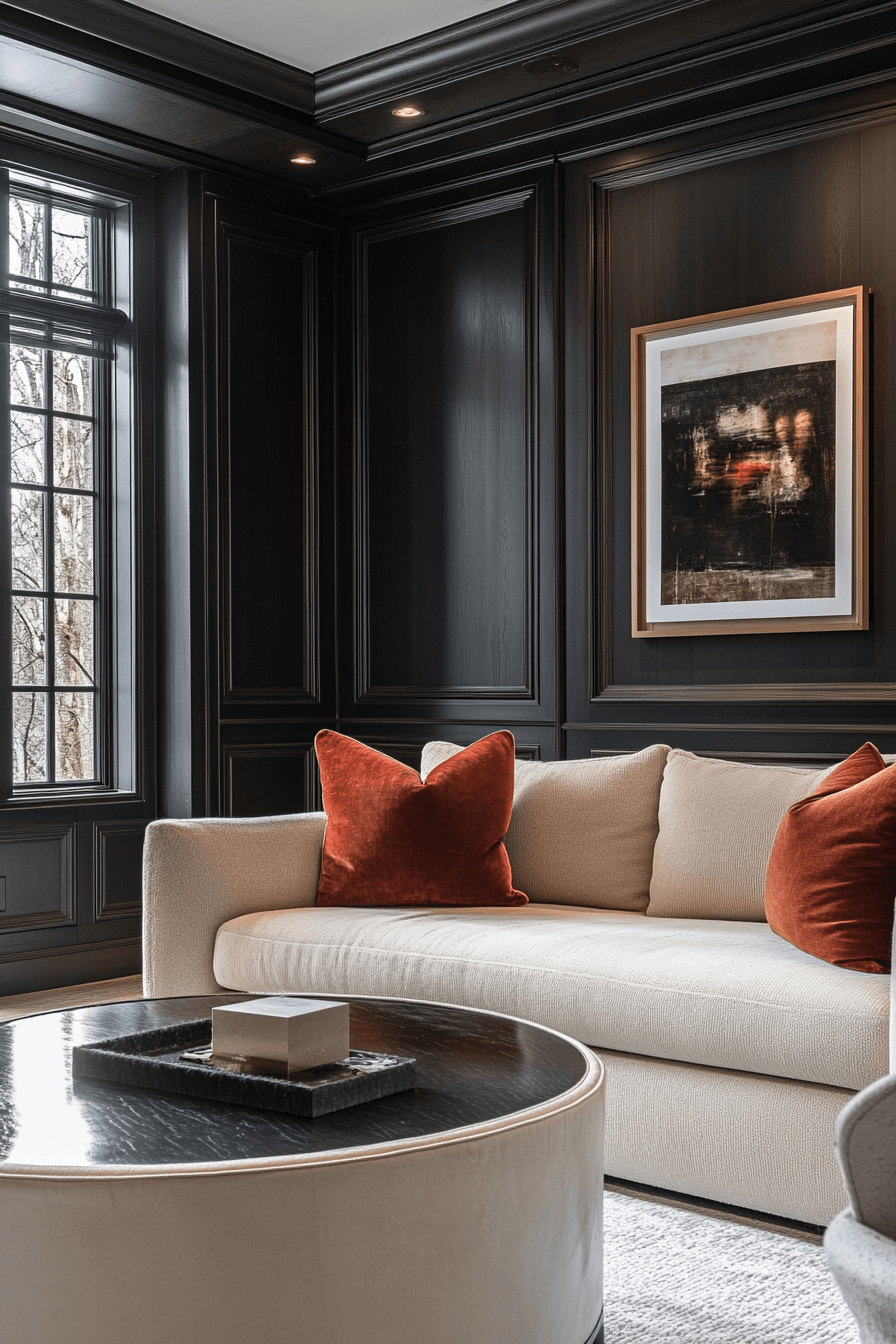
Matte balance is about mixing different finishes to create visual harmony, and it’s a growing direction in interior design trends. Combining matte cabinetry with polished stone or brushed metal adds richness and control. This interplay keeps the eye engaged without overwhelming. It’s subtle, refined, and very modern. Matte balance enhances contrast while maintaining unity.
28. Compressed Grandeur
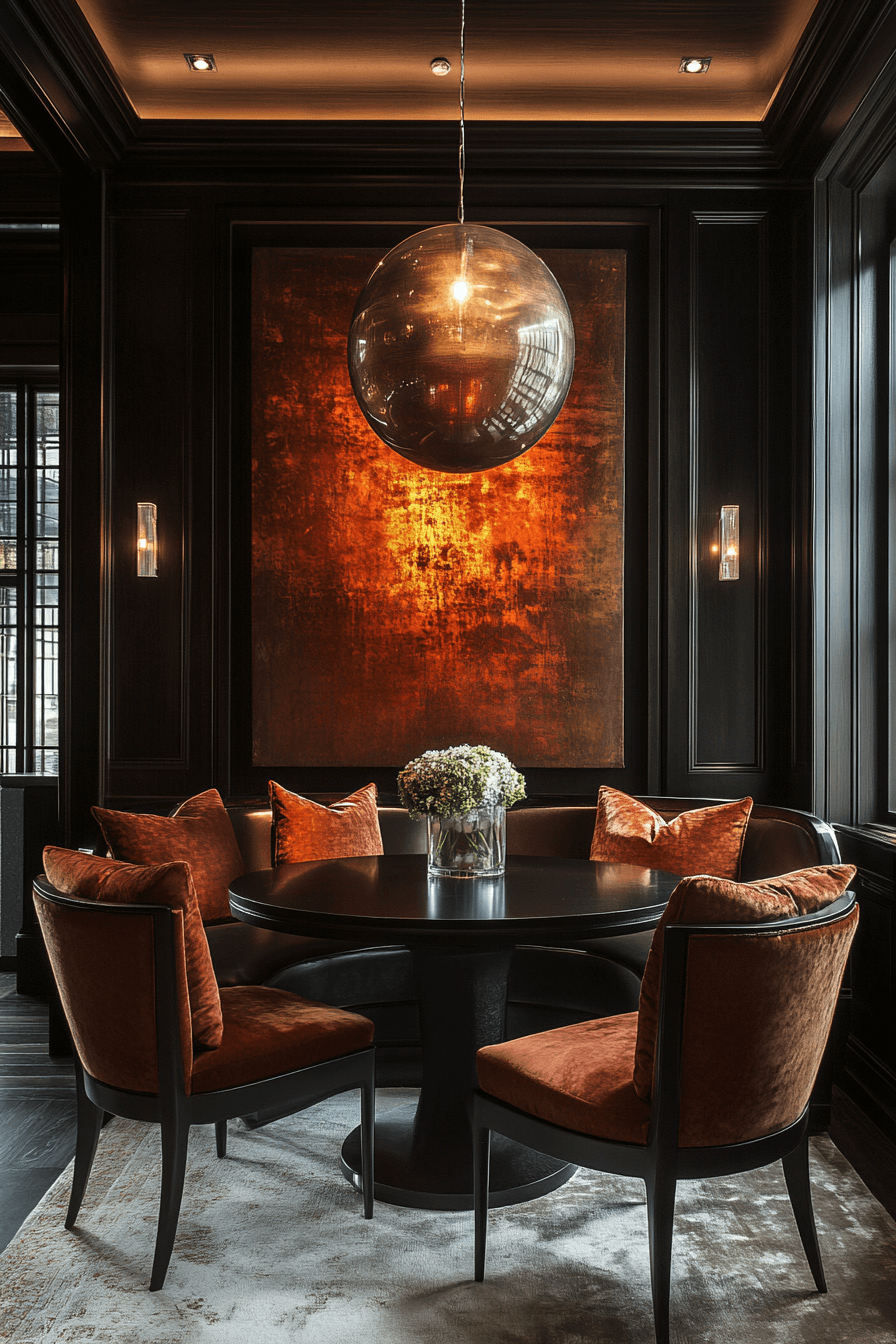
Compressed grandeur is an inventive take in interior design trends where small spaces are styled with luxury principles. Using plush textures, metallic finishes, and statement pieces in compact rooms creates high-impact design. It’s about grandeur scaled to fit. Thoughtful lighting and vertical styling help maximize effect. The result feels decadent, not cramped.
29. Soft Division
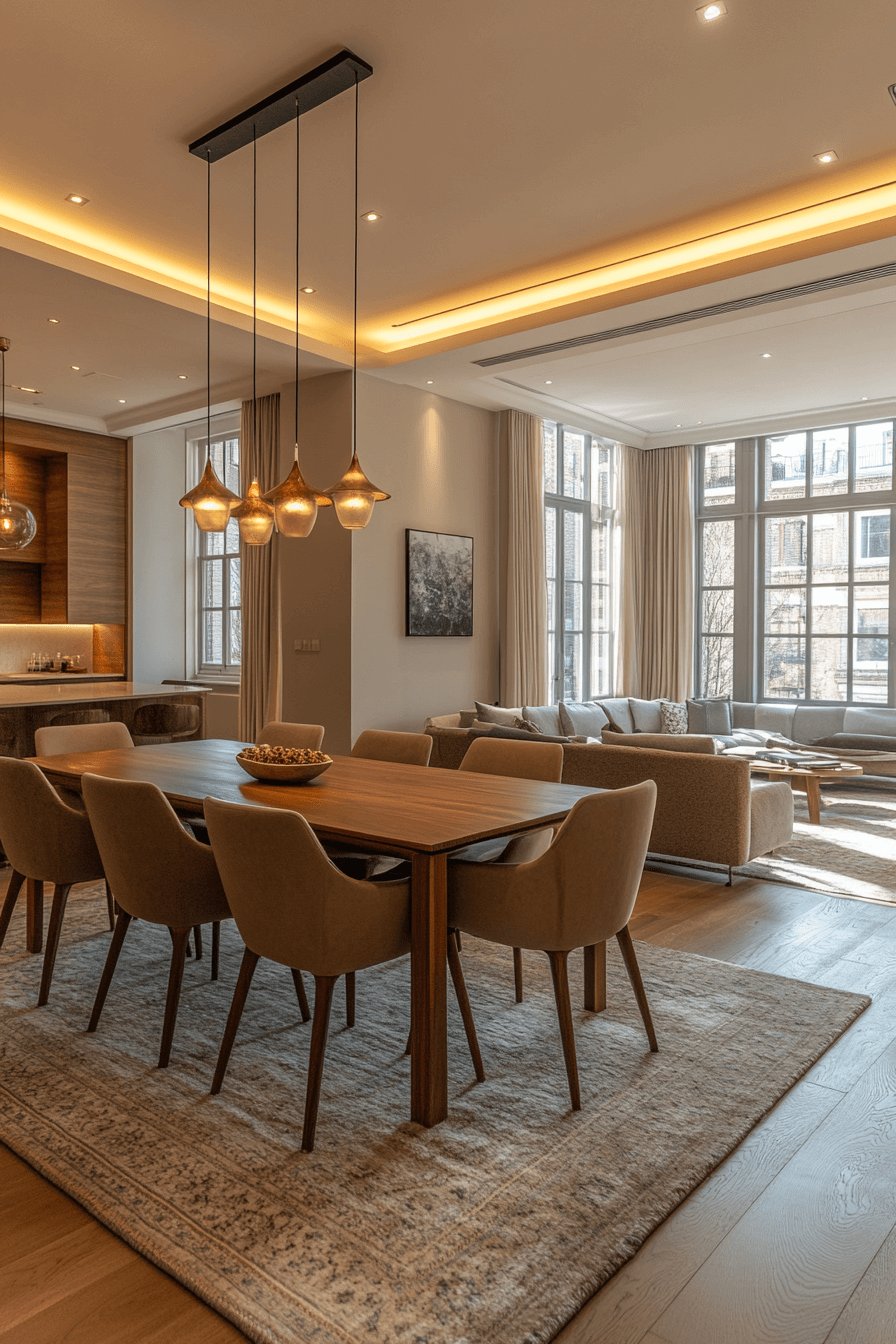
Soft division is trending in interior design for its gentle way of separating space without hard walls. Use furniture, area rugs, or lighting zones to define areas without closing them off. Sheer curtains or low partitions maintain openness while guiding flow. This approach is perfect for studios or multi-use spaces. It offers both function and freedom.
Interior design trends bring fresh style and lasting inspiration, helping you create a home that feels both modern and timeless. With these 29 interior design trends, you’ll discover endless ways to add beauty, comfort, and personality to your spaces. Start exploring today and enjoy a home that radiates charm, elegance, and joy.
